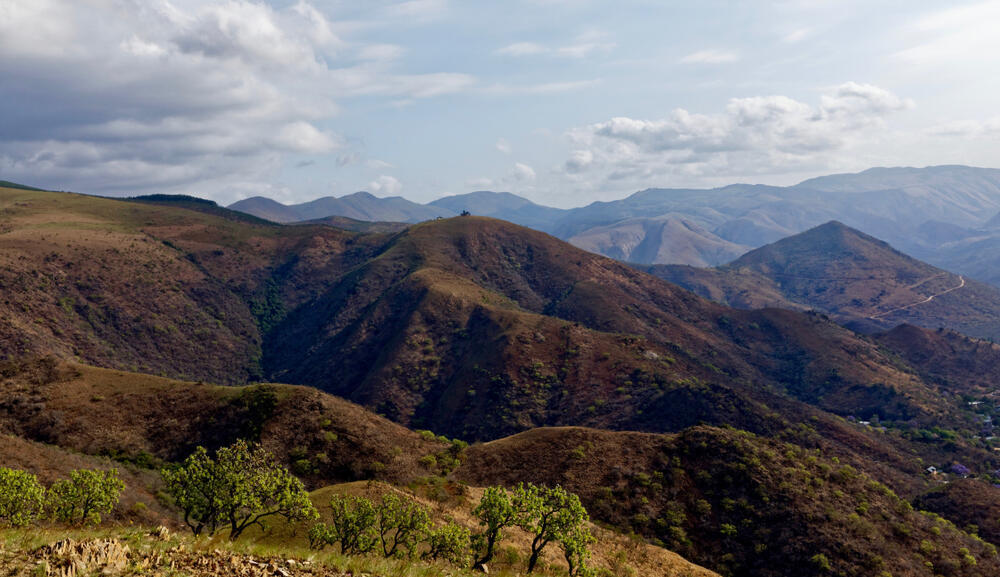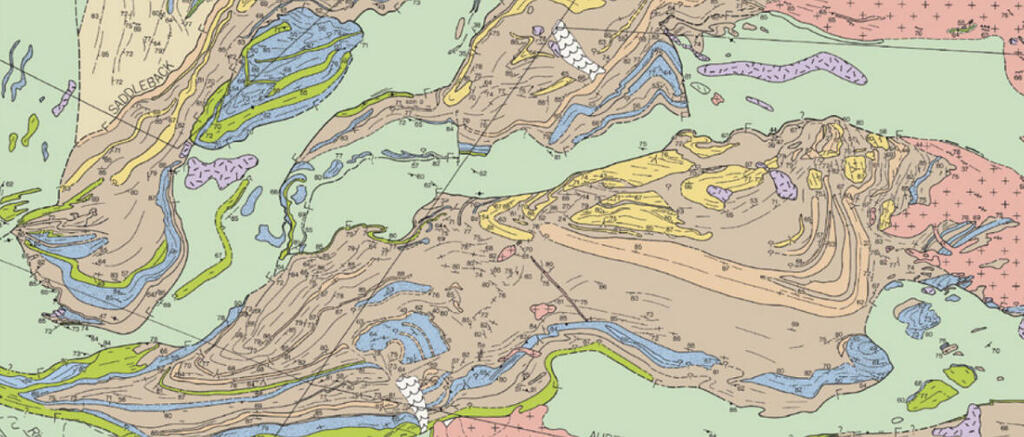Geologists find evidence of oldest earthquake on Earth
[ad_1]
Geologists have found that the rocks of the Barberton Greenstone Belt in South Africa are similar to those found in earthquake and volcanic regions in New Zealand. After thorough analysis, evidence of the earliest earthquakes on Earth was discovered there, as well as indications the belt was where life first developed.
After studying the Barberton Greenstone Belt, a complex geological formation in South Africa, two geologists in their study realized that this belt was remarkably similar to much younger rocks in New Zealand, in an area that saw subduction-related volcanic eruptions caused by earthquakes along the Hikurangi subduction zone in Northland, New Zealand’s northernmost district. The study was published in the Geology journal.
When one tectonic plate collides with and one goes beneath the other, the lower plate heats up and melts within the Earth’s depths. Such areas are called subduction zones because one plate loses part of its mass. These areas are prone to natural disasters, primarily earthquakes, tsunamis, and volcanic eruptions.
” The energy released in these earthquakes is absolutely huge, and it shakes the whole region,” Dr. Simon Lamb — a geologist from Victoria University of Wellington in New Zealand and an author on the study alongside his colleague Dr. Cornel de Ronde from GNS Science — told science news outlet Live Science.
The Barberton Greenstone rocks found in the Barberton Makhonjwa Mountains, named for their greenish hue, provide the most extensive geological documentation of Earth, dating back 3.2-3.6 billion years ago (known as the Paleoarchean era). The oldest signs of life on Earth were discovered on the site, leading to the area also being called the “origin of life.”
Outside of New Zealand, the Pacific Plate – the largest and heaviest tectonic plate on Earth, primarily made of oceanic crust – slides beneath the Australian Plate and rubs against it, creating powerful earthquakes that cause subduction-related volcanic eruptions. In these eruptions, rocks formed on land and in shallow waters fall into the deep ocean, moving from their original location to a completely new one.
In fact, the New Zealand site is a testament to thousands of earthquakes that took place over millions of years, with one of the most recent being in November 2016, when a 7.8 magnitude earthquake struck the town of Kaikoura, causing landslides and severe damages.
The Earth was formed about 4.5 billion years ago. After it cooled, its outer crust was formed, and its surface was covered by the oceans. There is no scientific consensus on exactly when plate tectonics began, but the prevailing theory says it started about 2 billion years ago.
As mentioned, subduction zones aren’t only home to the largest earthquakes but the largest volcanic eruptions as well, such as the Hunga Tonga-Hunga Ha’apai eruption in January 2022, whose magnitude was hundreds of times stronger than the atomic bomb dropped on Hiroshima, leading to the most intense lightning storm ever recorded, with about 200,000 flashes (over 2,600 bolts per minute).
According to Dr. Lamb, subduction zones have made conditions for life and allowed it to survive and thrive. “I think that life is born of this extreme violence,” he said.
[ad_2]



